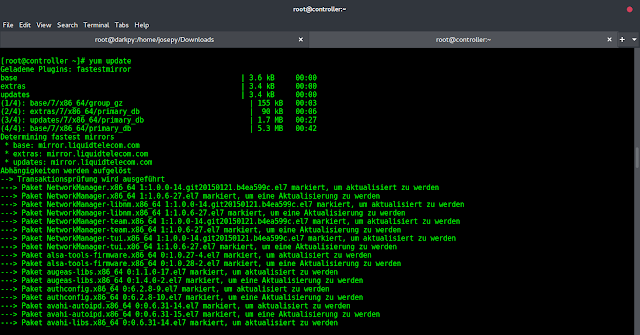In many circumstances, datasets can be incomplete or tainted by the presence of invalid data. For example, a sensor may have failed to record a data, or recorded an invalid value. The numpy.ma module provides a convenient way to address this issue, by introducing masked arrays.Masked arrays are arrays that may have missing or invalid entries.
numpy.MaskedArray.masked_inside() function is used to mask an array inside a given interval.This function is a Shortcut to masked_where, where condition is True for arr inside the interval [v1, v2] (v1 <= arr <= v2). The boundaries v1 and v2 can be given in either order.
Syntax :
numpy.ma.masked_inside(arr, v1, v2, copy=True)Parameters:
arr : [ndarray] Input array which we want to mask.
v1, v2 : [int] Lower and upper range.
copy : [bool] If True (default) make a copy of arr in the result. If False modify arr in place and return a view.Return : [ MaskedArray] The resultant array after masking.
Code #1 :
# Python program explaining # numpy.MaskedArray.masked_inside() method # importing numpy as geek # and numpy.ma module as ma import numpy as geek import numpy.ma as ma # creating input array in_arr = geek.array([1, 2, 3, -1, 2]) print ("Input array : ", in_arr) # applying MaskedArray.masked_inside methods # to input array in the range[-1, 1] mask_arr = ma.masked_inside(in_arr, -1, 1) print ("Masked array : ", mask_arr) |
Input array : [ 1 2 3 -1 2] Masked array : [-- 2 3 -- 2]
Code #2 :
# Python program explaining # numpy.MaskedArray.masked_inside() method # importing numpy as geek # and numpy.ma module as ma import numpy as geek import numpy.ma as ma # creating input array in_arr = geek.array([5e8, 3e-5, -45.0, 4e4, 5e2]) print ("Input array : ", in_arr) # applying MaskedArray.masked_inside methods # to input array in the range[5e2, 5e8] mask_arr = ma.masked_inside(in_arr, 5e2, 5e8) print ("Masked array : ", mask_arr) |
Input array : [ 5.0e+08 3.0e-05 -4.5e+01 4.0e+04 5.0e+02] Masked array : [-- 3e-05 -45.0 -- --]

